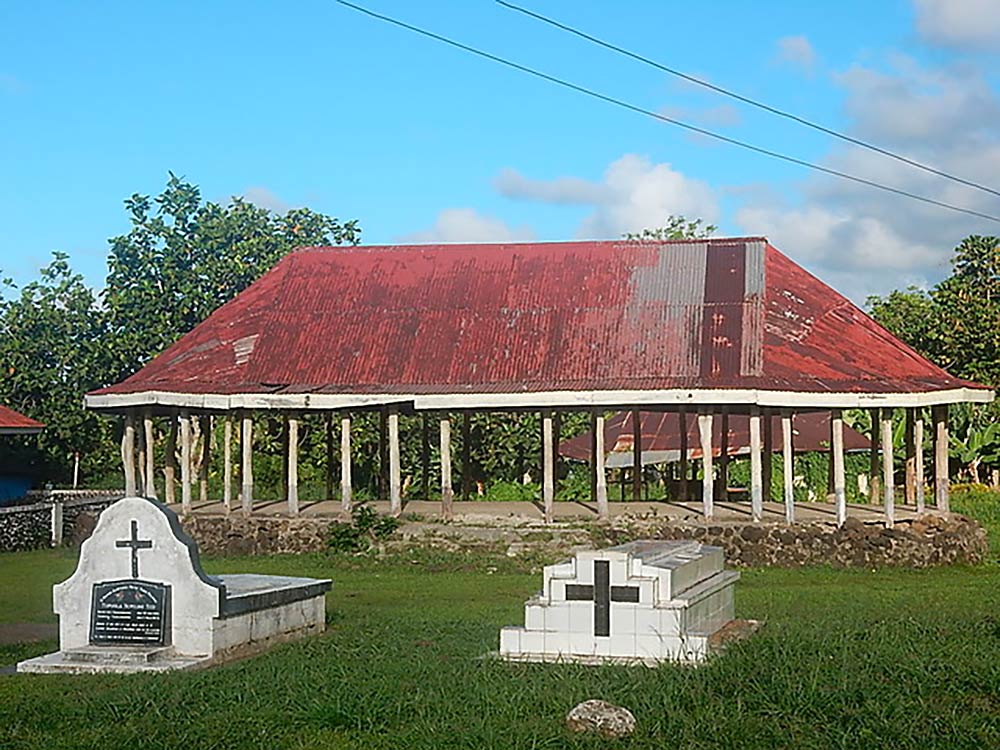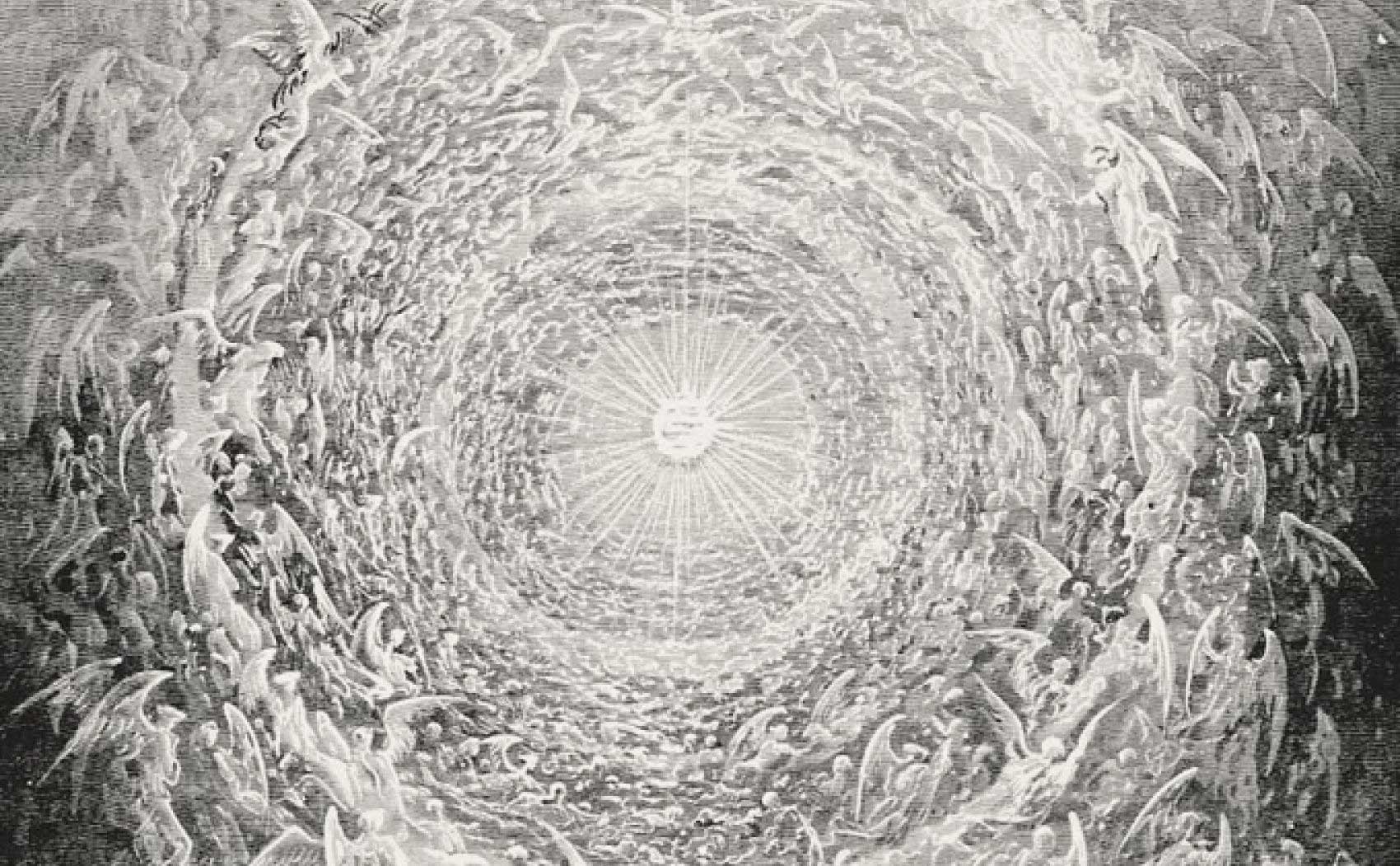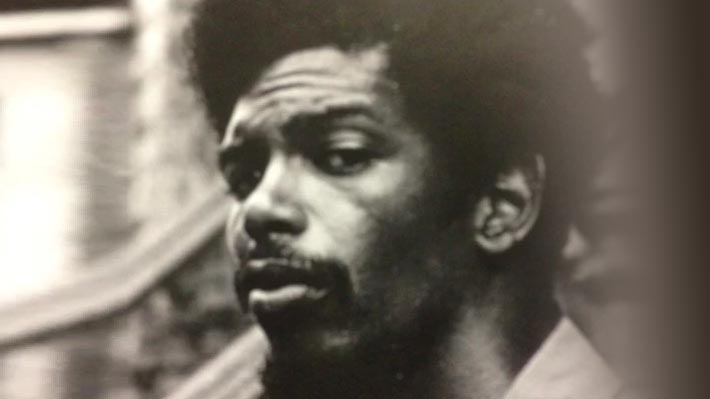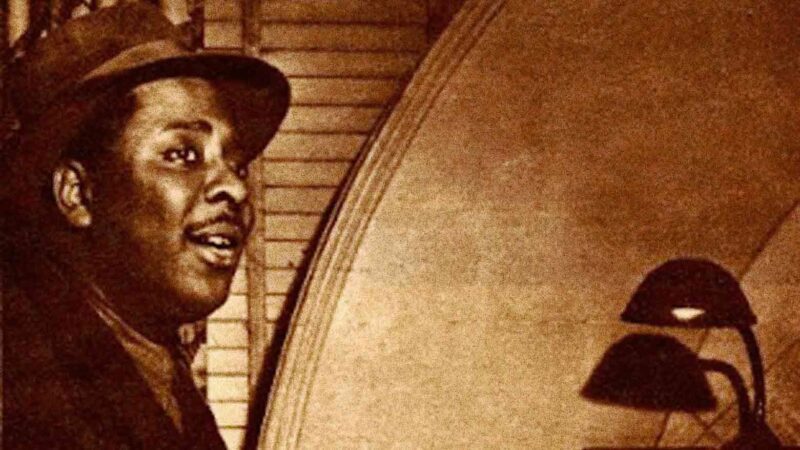
Photo (c) Paul Warne; design (c) Gina Granter
In Antoine de Saint-Exupéry’s The Little Prince, the fox instructs the princeling in the rites of friendship and notes that they are necessary to prepare the heart for the arrival of a friend. In Mapping Grief, the solo show directed by Nisha Coleman and presented at the 2017 Montreal Fringe Festival, writer and storyteller Gina Granter asks whether the heart can ever really be prepared, especially for the loss of a loved one. The fox, after all, is right: the heart loves certainty and stability; that’s the nature of the sentient heart.
If Granter’s Mapping Grief holds this brief dialogue with Saint-Exupéry’s iconic work, it is also tacitly wrought around an old myth, that of Orpheus and Eurydice. Both stories underline the precarious nature of love and life. Orpheus, a poet and musician, loses his beloved Eurydice to a viper’s bite on their wedding day. Grief-stricken, he composes such sorrowful songs that he is advised to travel to the Underworld, where Hades agrees, exceptionally, to allow Eurydice to return to the Upperworld on condition that Orpheus walk ahead and never turn back to look at her. The proviso proves too difficult to fulfill; doubt and temptation are too great: Orpheus looks back and loses Eurydice once more, this time forever. I have often wondered what the myth is about: does it mean to stress the necessity of faith, does it posit that free will might be our undoing, or is it a parable for the notion that fate is unalterable? On the face of it, the tale seems to suggest that nothing’s for certain: here today, gone tomorrow.
In Mapping Grief, Gina Granter explores a real-life tale of young loss. Yet without even mentioning Hades’s name, she defies him as she travels back in time to revisit and bring back from the dangers of oblivion her love story with Blake, a young man she met in Halifax when she was a student and whom she lost when he was merely 23 and died alone in Michigan. What strikes the audience instantly is that Granter, a writer of poetic prose, is more cunning than Orpheus, for she retrieves Blake for herself and us, and thus ensures his immortality through art. Perhaps the ancient Greeks didn’t get it; perhaps it takes a strong, young, vital woman to defeat the gods and beat this whole business about the precarity of things.
A student of James Joyce and of literary Modernism, Granter, who is also a professor of English, structures her story as a series of vignettes, the telling of which takes a mere hour, but the story is tensely anachronological rather than comfortably linear. Her narrative begins in July 2016 with a description of the unique flickering pattern of the lighthouse she knew growing up in Newfoundland: “Two seconds on, two seconds off,” she tells the audience, foreshadowing the very transience of Blake’s existence on this earth. From there she moves on to the sound of the chimes on a Newfoundland porch, which remind her of the chimes Blake must have heard outside his bedroom window in Michigan on the night of his untimely death. Sixty minutes later, Granter ends her narrative as she finds a meaningful receipt he had placed in a book, and which she discovers only after his death; this in turn takes her back to the plans he had formulated about living with her in Montréal and to the last words spoken by the irrepressible Molly Bloom in Joyce’s Ulysses. Granter’s ostensibly unpredictable yet sly meanderings through her recollections, which take her to Newfoundland, New York, Halifax, Michigan, Ottawa, Vermont and Montréal, seem designed to confound ancient gods like Hades, who know how the story ends. Instead, it appeals most to a contemporary audience that prefers to savour the process of fragmented and lyrical discourse rather than wait for a predictable dénouement or punchline.
Throughout Mapping Grief, Granter refers to a considerable number of artistic works that seem to have their place in her narrative as witnesses to the enduring powers of life, youth, love, urgency, innocence, and artistic timelessness. From Bruce Springsteen to Phish, from PJ Harvey’s “A Perfect Day, Elise” to Leonard Cohen’s The Favourite Game, from Sir Frederic Leighton’s Flaming June to Edith Wharton’s House of Mirth, from Joyce’s Ulysses to The Little Prince, and from Michael Bond’s Paddington Bear series to Patti Smith’s Just Kids, these allusions remind the audience that art may be a marketplace commodity, but it is also a gift of the spirit; as such, it is the least complacent of commodities and it tends to last longer than most man-made products. In Mapping Grief, these works stand guard along the way and allow us to pause and meditate upon our own life and its artistic landmarks. Just as importantly, they warn us that the golden-haired, green-eyed Blake himself is being shielded from erasure.

© Marie Thérèse Blanc
But the voyage out of darkness is far from easy. Granter’s Underworld is a chamber of echoes as one memory and sensory stimulus invites another: chimes echo chimes; a redwood sauna in New York reminds Granter of another redwood sauna in a different state where she hid during the wake that followed her lover’s death; Granter’s fondness for bear lore is serendipitously shared by the young Blake, whom she has just met; he happens to play the Irish music Granter grew up on in Newfoundland; Molly Bloom’s heroic and sublime final words reverberate Granter’s own open acceptance of Blake’s offer of a first kiss and a veggie burger; and just as Granter’s favourite painting, Flaming June, lies curled up in a sensuous nap, Blake dies curled up in his sleep, oblivious to his own dying. Although we cheer Granter when she bravely brings Blake back with her and makes him real for us in all of his quirkiness and decency, it is almost impossible not to flinch at the way in which she valiantly bruises her own heart as she collides with one exacting yet delicate memory after another.
Granter, it’s true, is adept at dramatic performance. The stage during Mapping Grief is mostly bare of props, save for a set of wind chimes and a large trunk that contains books and bookends. Director Nisha Coleman has led Granter into using those few props in expressive ways. The trunk becomes a seat in a sauna, in a plane, in a bus, as well as an armchair during a hallucinogenic mushroom trip. The chimes create random melodies, and the books evoke the coziness of Granter’s student days as well as Blake’s own bookshelves when they first meet. In addition to those few but well-used props, Granter’s performance is joyfully physical, which at times tempers the deep sorrow of her loss. Her skittish glee as she recounts discovering that Blake loved bear stories as much as she is surprising and galvanizing at once. Similarly, a memorable scene in which she tells of dancing to Phish after smoking half an old joint found in the pocket of an outrageous hand-sewn dress while thinking that her adult life is just beginning and that the future will always be bright induces laughter in an audience that has likely erred in similar ways, but it also stirs up genuine sorrow, because Blake’s early, unjust demise was narrated in darkness just moments before she performs her goofily graceful, carefree, stoned-out dance.
Granter’s genius, then, lies not just in the clever anachronology of her narrative, but also in the way in which she brings the audience to tears and succeeds in making it laugh a moment later. As we greet her out of the shadows while she firmly holds on to the memory of her beloved Blake after having woven her way back and forth between the United States and Canada, we smile, chuckle, laugh out loud, cry a little, sit up straight, hold our breath, lean forward to share her grief, and sigh with a sense of relief that she is now okay and has found love again, but also that her heart still retains a place for Blake, who is now safely out of the murky Underworld and has joined our summer.
After a successful run at Montréal’s Fringe Festival in June, Granter hopes to restage Mapping Grief in future months. Every Montréaler who is a sucker for a good love story as well as a nakedly honest performance and magnificent writing should catch Granter’s show when it reappears. It takes courage to tell such a personal story and it takes talent not to sound maudlin telling it. What ensures that the show is not self-pitying is Granter’s knowledgeable use of music, art, literature, literary techniques, and a physical fearlessness that delights all the way from obscurity into the light, all the way from crippling precariousness into faith, and all the way from fear to audacity. Watching Mapping Grief, one cannot help but lose one’s fear of love. And that’s an arrow shot right into the cowardly heart of instability.










